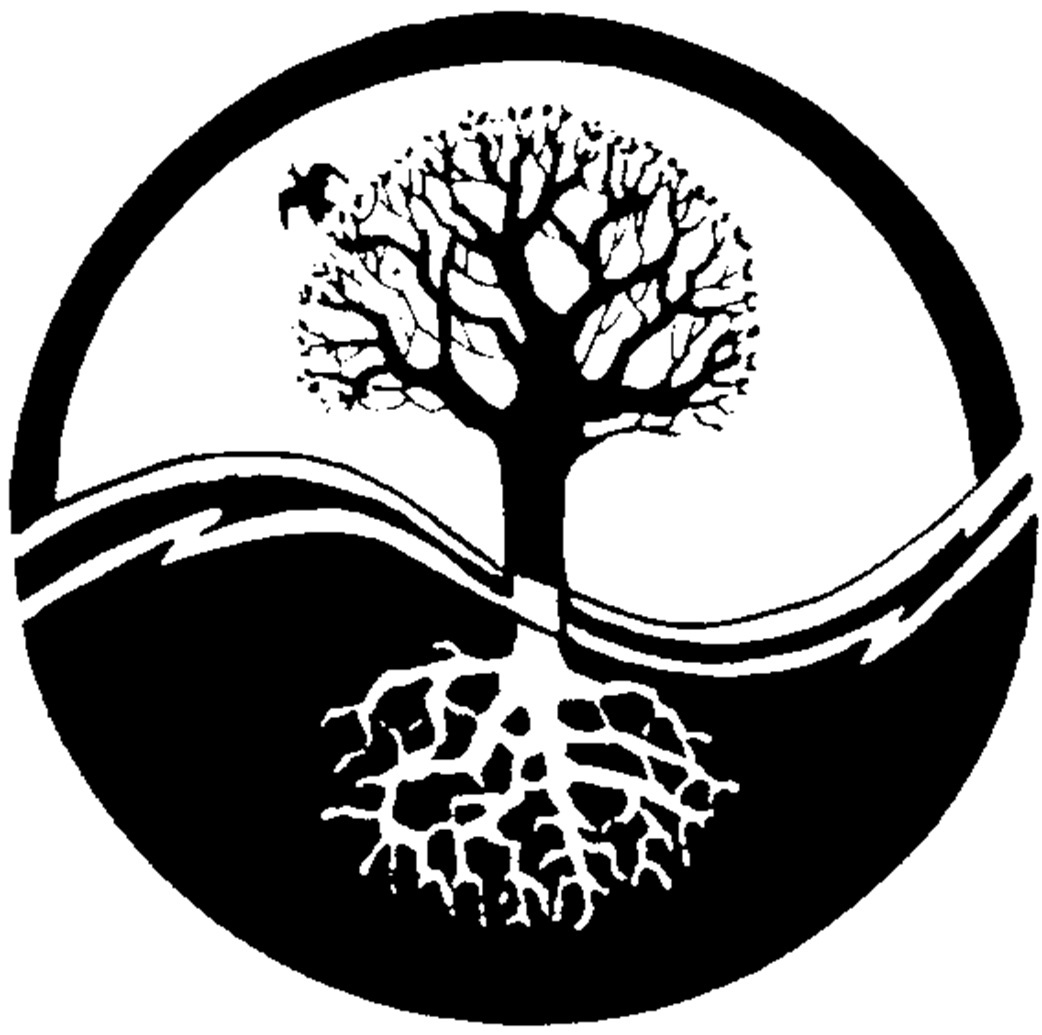ADHD in Childhood
ADHD is one of the most common childhood disorders. Data from the 2016 National Survey of Children’s Health (NSCH) found that 5.4 million children in the United States from 2 to 17 years old have a current ADHD diagnosis. That is, as of 2016, 8.4% of children in this age group located in the US currently have a diagnosis of ADHD. Of this group, 62% of 2 to 7 year olds are taking medications for the condition. It is theorized that the actual numbers of children with this neurodevelopmental disorder are higher as it is likely there are even more individuals with ADHD who remain undiagnosed.
Most children experience some of the key qualities associated with ADHD (inattention, hyperactivity, and impulsiveness) at one time or another during their youth. A distinguishing feature between childish behavior and a diagnosis of ADHD is that beyond these transitory experiences, an individual diagnosed with ADHD has symptoms that persist to such an extent that all primary setting are impaired: at home, at school, and with peers. Problems at home may include conflict with parents and siblings, difficulty following through with chores or responsibilities, and creating huge messes that never get picked up. Impairments at school can include behaviors such as inability to stay in one’s seat, frequently losing assignments or other paperwork, and inability to focus on class work. Problems with peer relationships are common in those with ADHD and include behaviors such as an inability to attend to the feelings or needs of others, difficulty staying on the topic of shared interests, and frequent rude or annoying impulsive behaviors.
Please take a look at my work as a contributor to mentalhelp.net/adhd.


